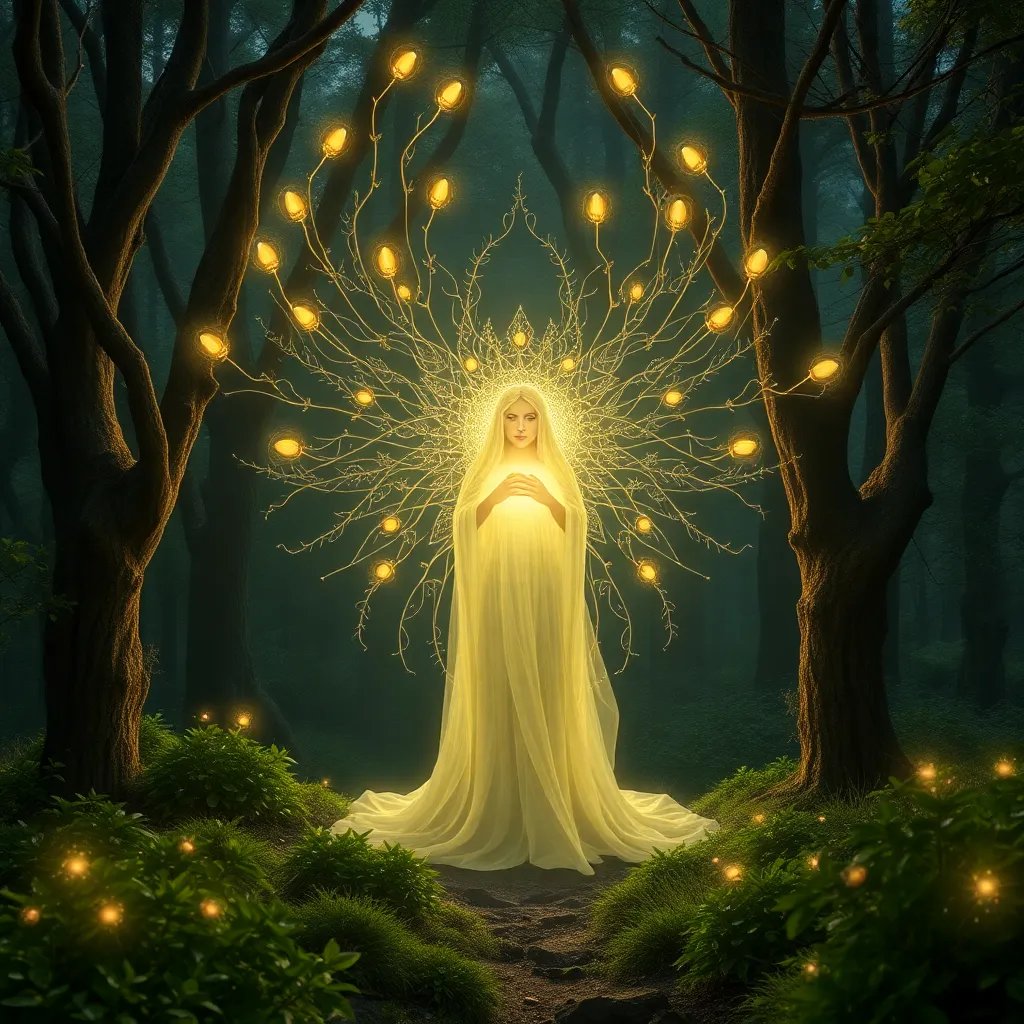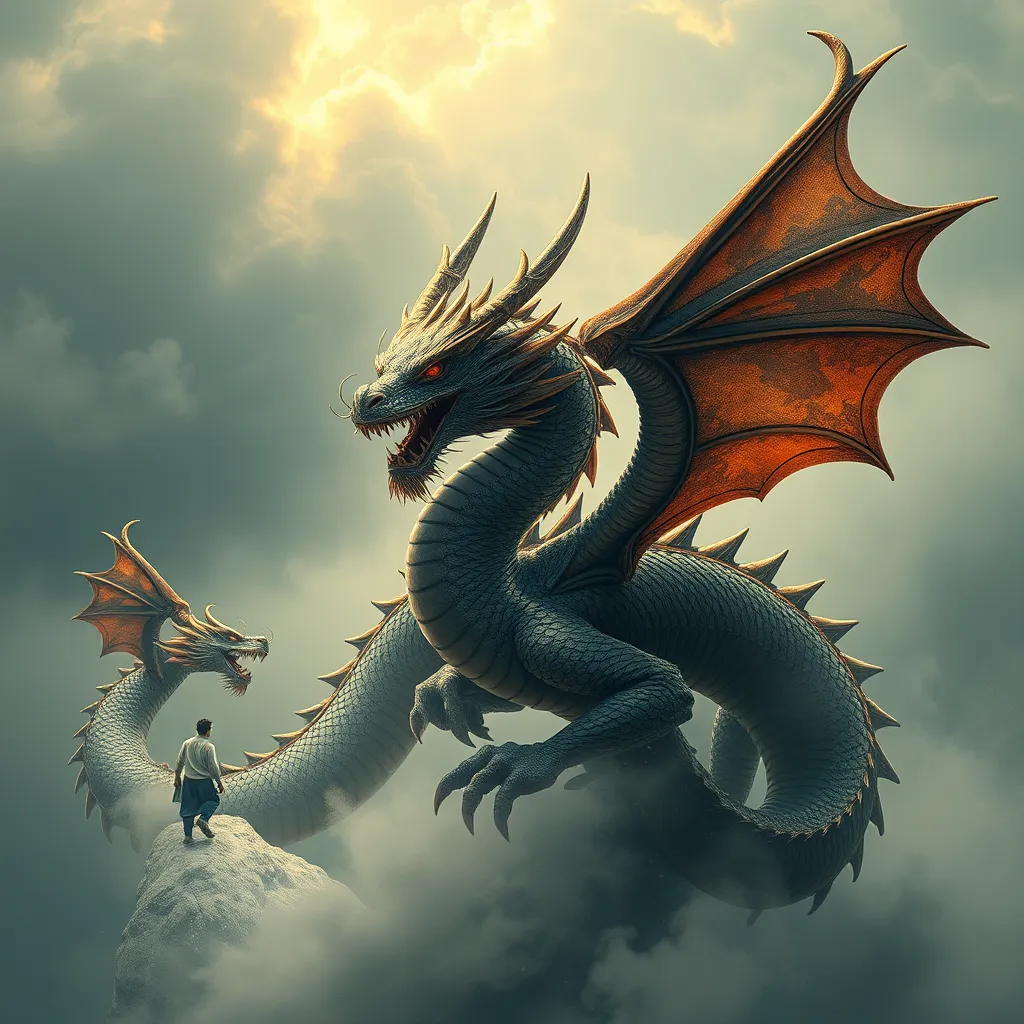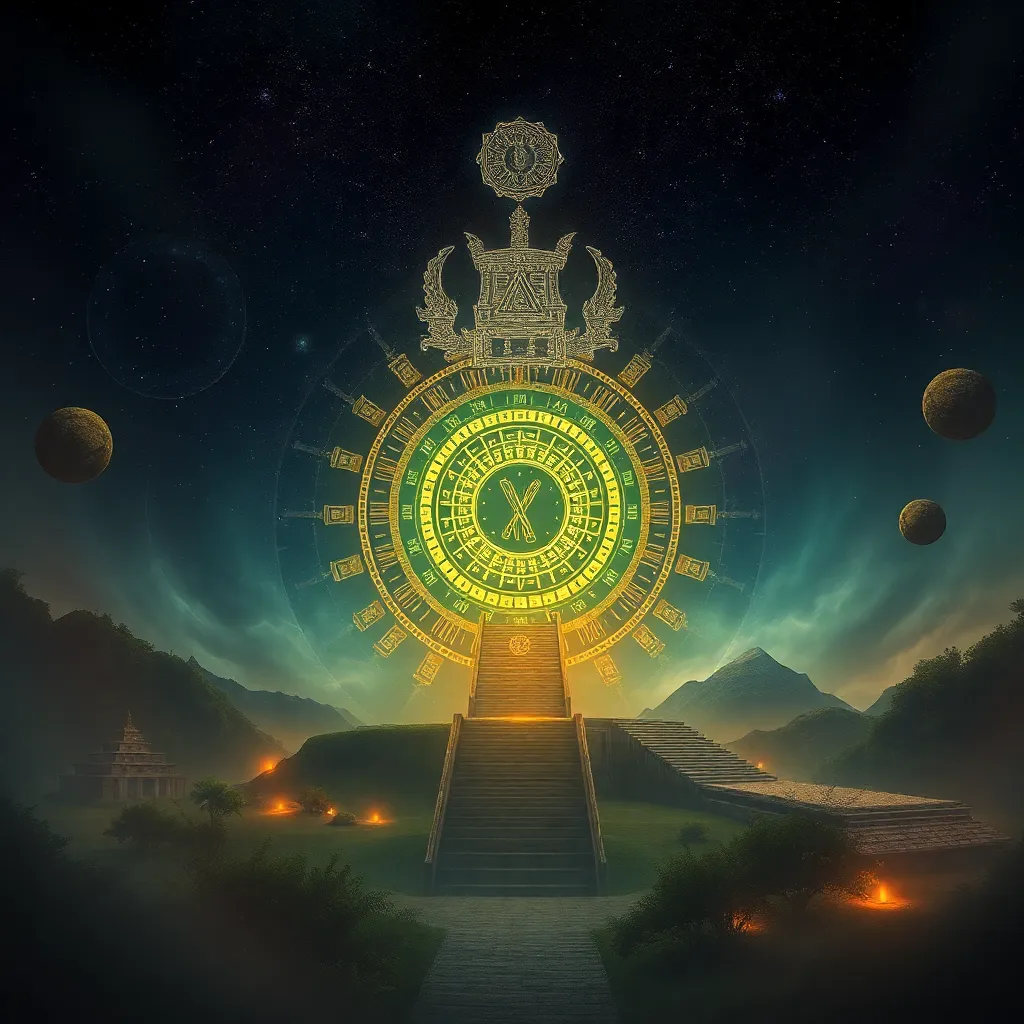The Oracle of the Woods: Dryads as Messengers of the Divine
I. Introduction
In the realm of mythology, few beings evoke the enchantment of nature quite like dryads. These ethereal tree spirits have captivated the imagination of cultures around the world, embodying the beauty and mystique of the natural world. As guardians of the woods, dryads are often seen as messengers of the divine, bridging the gap between humanity and the celestial. This article delves into the origins, characteristics, and enduring significance of dryads, exploring their role as divine messengers and their relevance in both ancient and modern contexts.
II. The Origins of Dryads in Mythology
The term “dryad” is derived from the Greek word “drys,” meaning “oak,” reflecting the close association these beings have with trees, particularly oaks. In ancient mythology, dryads were considered to be the spirits of individual trees. Their roots are deep in Greek mythology, where they were often depicted as beautiful maidens who would perish if their tree was cut down.
Historically, dryads were not limited to one tree type but were believed to inhabit various trees, including willows, pines, and poplars. They symbolize the symbiotic relationship between humans and nature, representing the life force that trees embody. In ancient cultures, trees were revered, and their spirits were believed to hold sacred knowledge and wisdom.
III. Characteristics and Nature of Dryads
Dryads are often described as beautiful young women with features that reflect the trees they inhabit. Their physical attributes can vary significantly:
- Physical Attributes: Dryads may have skin that resembles bark, hair that flows like leaves, and eyes that reflect the colors of the forest.
- Connection to Specific Trees: Each dryad is said to be tied to a particular tree, drawing life from it and sharing its fate. If the tree dies, so too does the dryad.
- Personality Traits: Generally depicted as gentle and nurturing, dryads are also known to be fierce protectors of their forest homes. They can be playful, wise, and sometimes vengeful if their trees are threatened.
IV. Dryads as Divine Messengers
In many myths, dryads play a crucial role in conveying messages from the gods to mortals. Their close connection to nature allows them to interpret the will of the divine and share it with humanity.
Examples of divine interactions in mythology include:
- In Ovid’s “Metamorphoses,” the story of Daphne, a nymph who transforms into a laurel tree to escape Apollo, illuminates the dryad’s role as a conduit between the divine and natural realms.
- Dryads were often sought after by heroes for guidance and prophecy, as their insight into nature was believed to reflect divine wisdom.
These interactions highlight the importance of listening to the messages conveyed by nature and recognizing the spiritual significance inherent in the environment.
V. The Relationship Between Dryads and Nature
Dryads serve not only as messengers but also as guardians of the forest and ecosystem. Their existence emphasizes the interconnectedness of all living beings and the delicate balance of nature.
The interplay between dryads and human activity is a recurring theme in mythology:
- When humans respect the forest and its inhabitants, dryads are portrayed as helpful allies, offering guidance and protection.
- Conversely, when humans exploit nature, dryads respond with anger, often resulting in dire consequences for those who harm the environment.
This relationship underscores the spiritual significance of nature in dryadic lore, reminding us of our responsibility to protect and honor the natural world.
VI. Modern Interpretations and Representations
In contemporary society, dryads have found a place in literature, art, and popular culture, reflecting a renewed interest in nature and its spiritual dimensions. They appear in various works, from fantasy novels to movies, often embodying themes of environmentalism and the sacredness of nature.
Artistic representations of dryads have evolved through the ages, often portraying them as enchanting and ethereal beings, symbolizing the beauty and mystery of the natural world.
The resurgence of interest in environmental spirituality has led to a reevaluation of dryads as symbols of ecological preservation, encouraging a deeper connection to nature and a recognition of its sacredness.
VII. The Symbolism of Dryads Today
Today, dryads continue to symbolize the importance of ecological preservation and the need for a harmonious relationship with nature. They serve as reminders of the spiritual significance of the natural world, encouraging contemporary spiritual practices that honor the earth.
Lessons from dryadic mythology for modern society include:
- The importance of protecting natural spaces and biodiversity.
- The need to listen to the wisdom of nature and respect its rhythms.
- Recognizing the interconnectedness of all life forms and the role we play in the ecosystem.
VIII. Conclusion
In conclusion, dryads hold a significant place as divine messengers in mythology, embodying the sacred relationship between humans and nature. Their legacy endures in our culture, reminding us of the spiritual aspects of the natural world and urging us to reconnect with it. As we navigate the complexities of modern life, let us carry forward the lessons of the dryads, embracing our role as guardians of the earth and honoring the divine messages that nature communicates.



